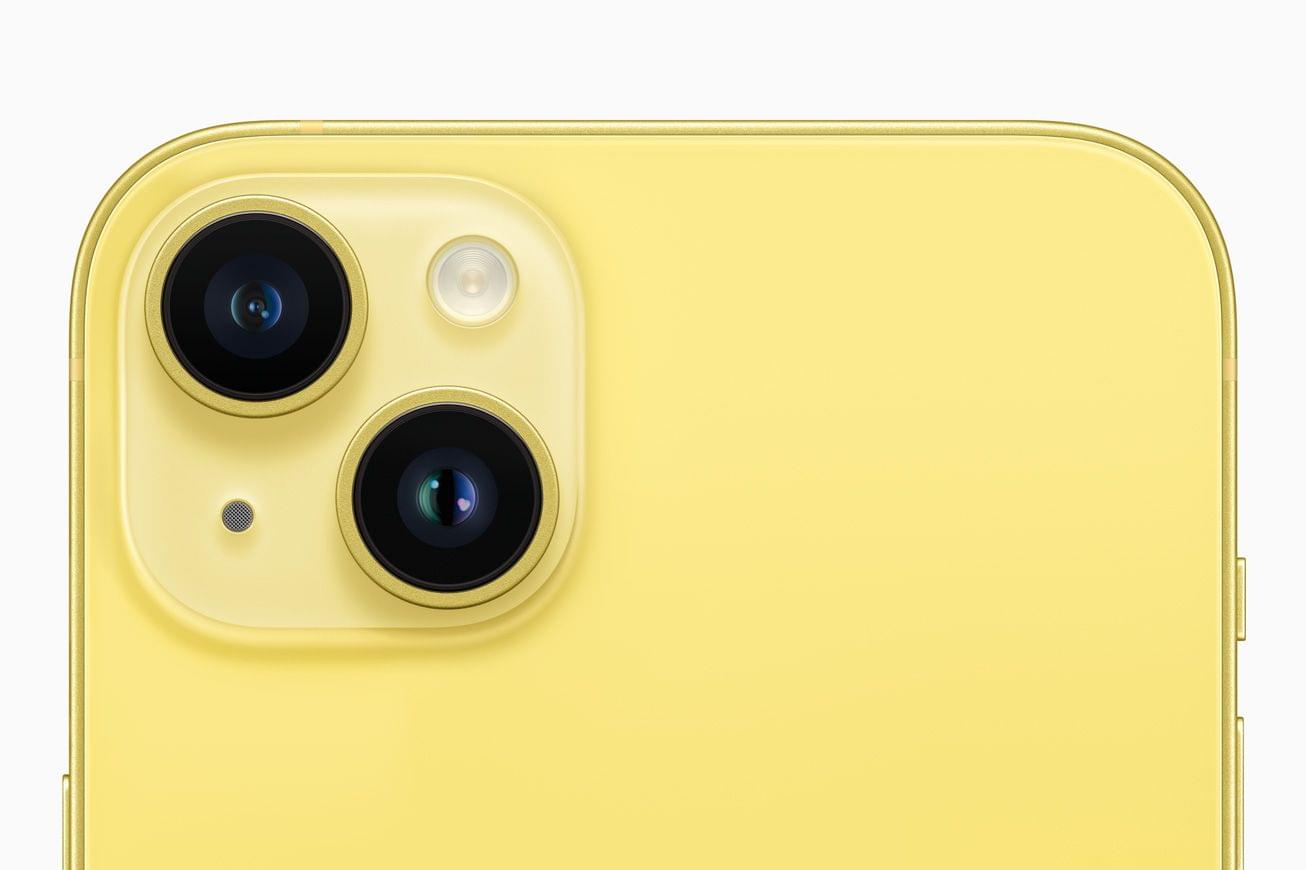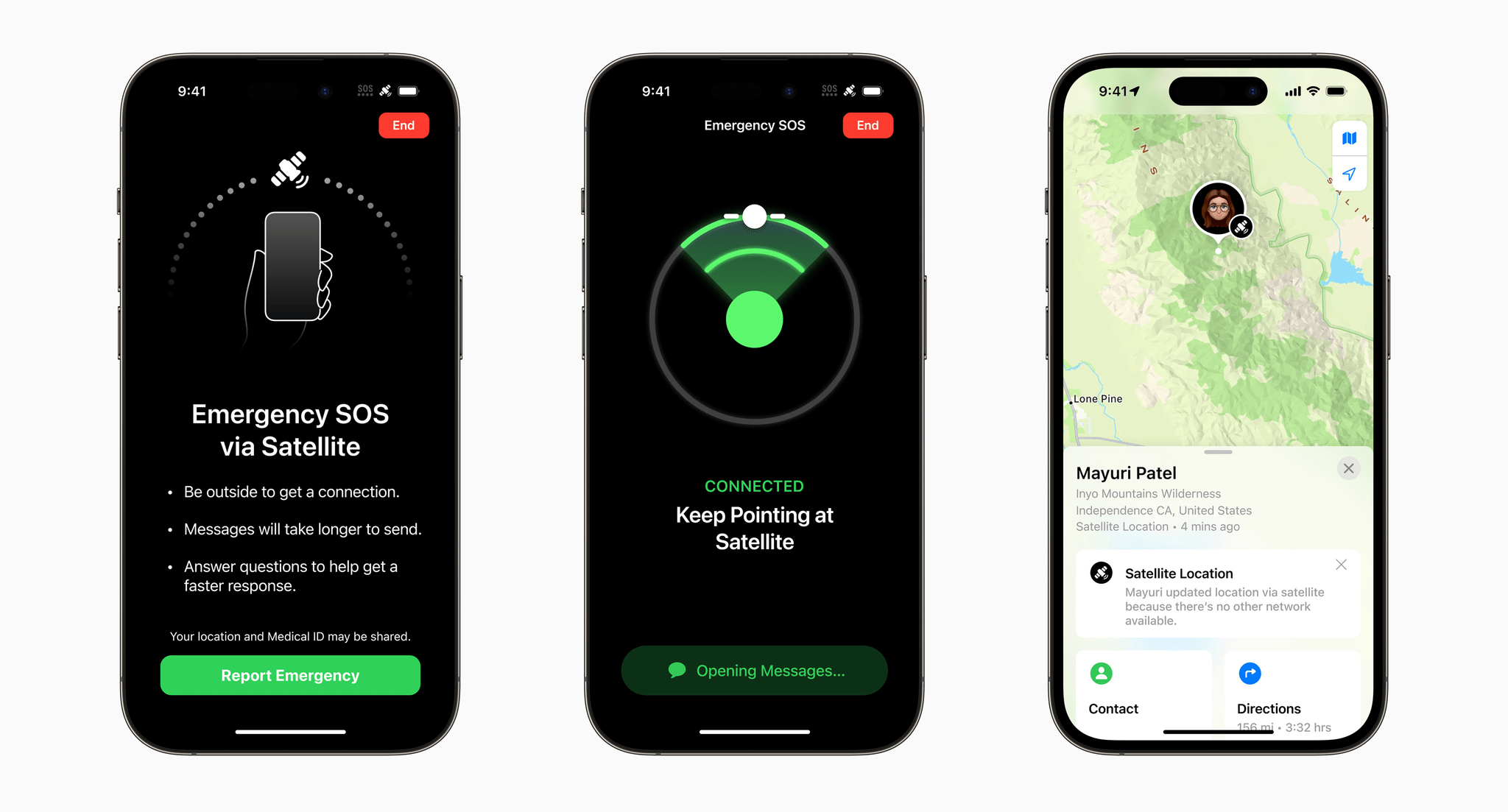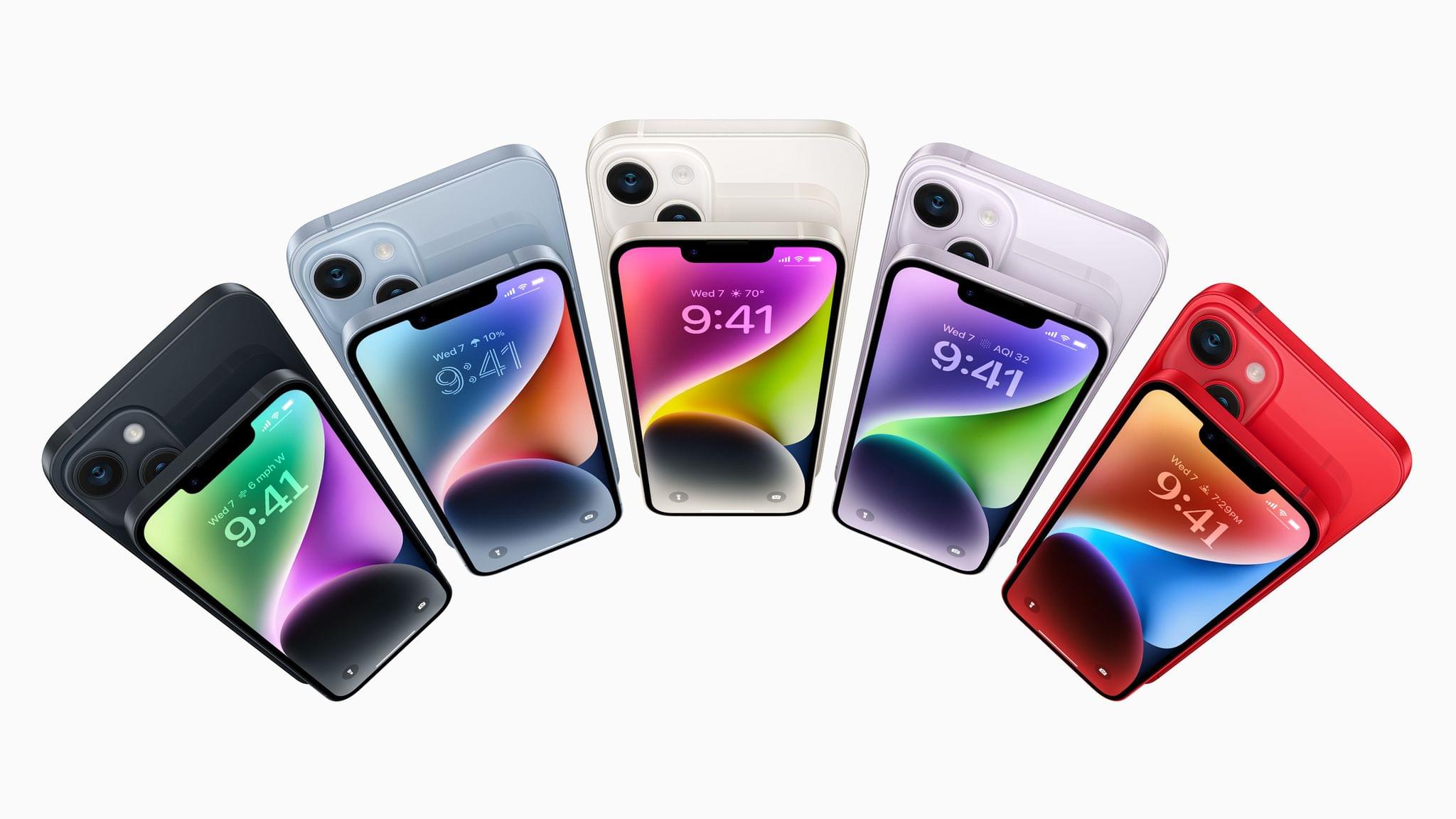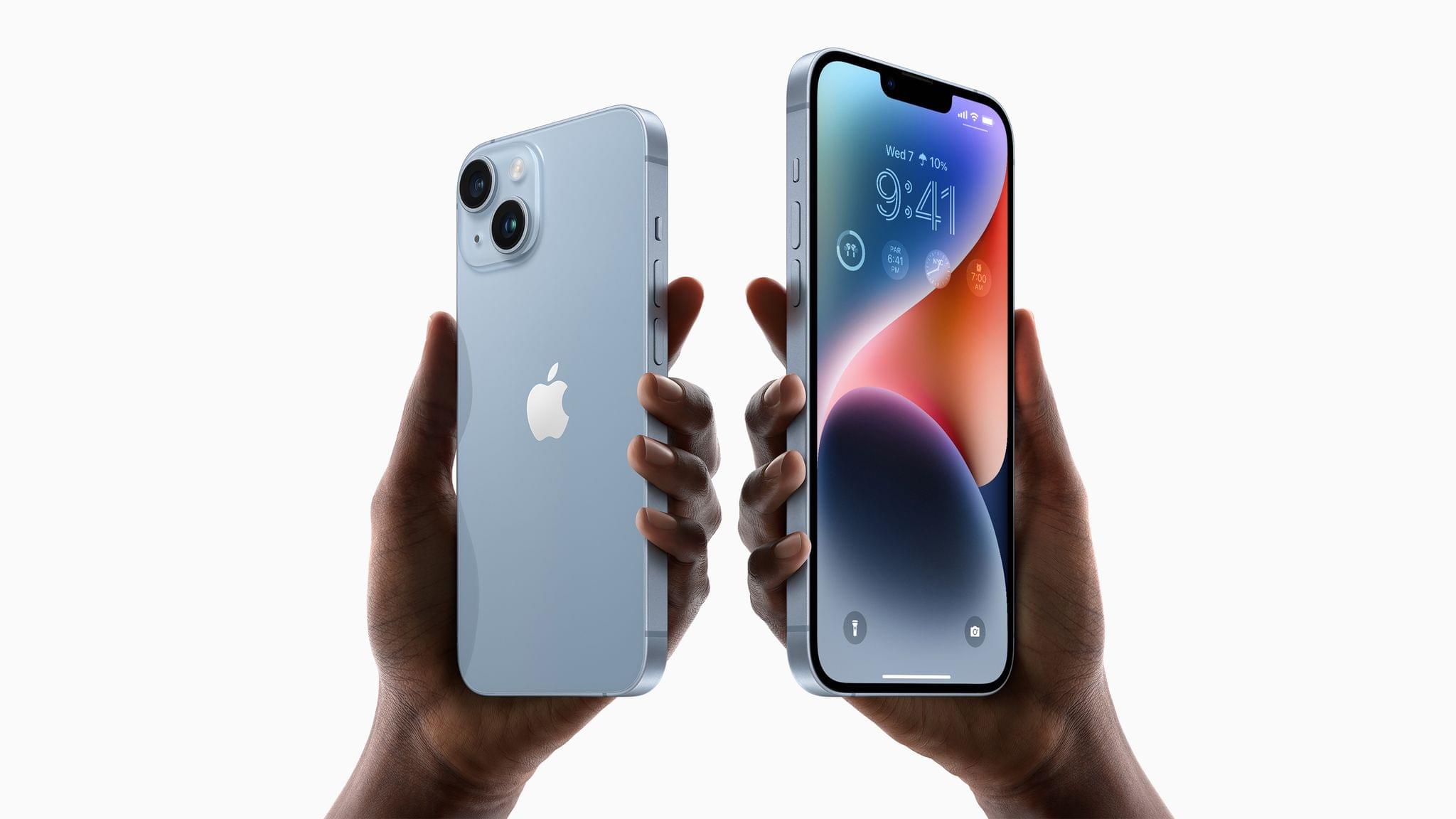The reviews for the new iPhones are out, and I’m not surprised that the greatest buzz is around the iPhone 14 Pro and Pro Max. It’s worth digging into each of these reviews to get each author’s full take on the new iPhones, but here are a handful of observations that I thought were particularly interesting.
Nilay Patel, writing for The Verge explains how the iPhone 14 Pro Max’s Dynamic Island works:
Apple’s built a new dynamic subpixel antialiasing system that makes the edges of the island up to three times crisper than all the other animations in iOS, which antialias at the pixel level. In normal room lighting, this really works: it feels like the cutout on the display is getting bigger and smaller, and the animations are really fun. (In sunlight or brighter light, you can see the camera sensors, and the illusion goes away, but it’s still cool.)
Patel is also intrigued by the new ideas Apple is experimenting with in the iPhone 14 Pro:
The iPhone 14 Pro, on the other hand, is the clear beginning of lots of new ideas, like the Dynamic Island, the new camera, and that satellite connectivity system. Because these ideas are new, they’re inherently incomplete. But they’re worth criticizing, which is its own kind of victory and a sign that Apple isn’t holding still with the future of the iPhone. I think we could all stand to think more deeply about how our smartphones work, and things like the Dynamic Island are evidence that Apple is still thinking deeply about parts of the iPhone experience.
Allison Johnson wrote a review of the iPhone 14 for The Verge and concluded that its appeal is going to be limited if you have a more recent model iPhone:
Most people should consider other options, but there is an argument for the iPhone 14 if you meet a narrow set of criteria: you’re on an iPhone 12 or older, you really want the satellite SOS feature, you prefer a 6.1-inch screen size (it is, after all, the right one), you want the best camera quality at this price point, you just need a new phone right now, and your carrier is offering a sweet trade-in deal. For this particular set of circumstances, the iPhone 14 will suit you just fine. Otherwise, it’s well worth taking a look at your other options.
Joanna Stern’s story for The Wall Street Journal explains that Apple is doing more than just offering better cameras to entice consumers to move up to the Pro models this year:
The Pro upgrade used to be about the third camera with the telephoto lens. That still matters, but now so does the new multitasking capabilities and a screen you don’t have to keep tapping.
Read more








